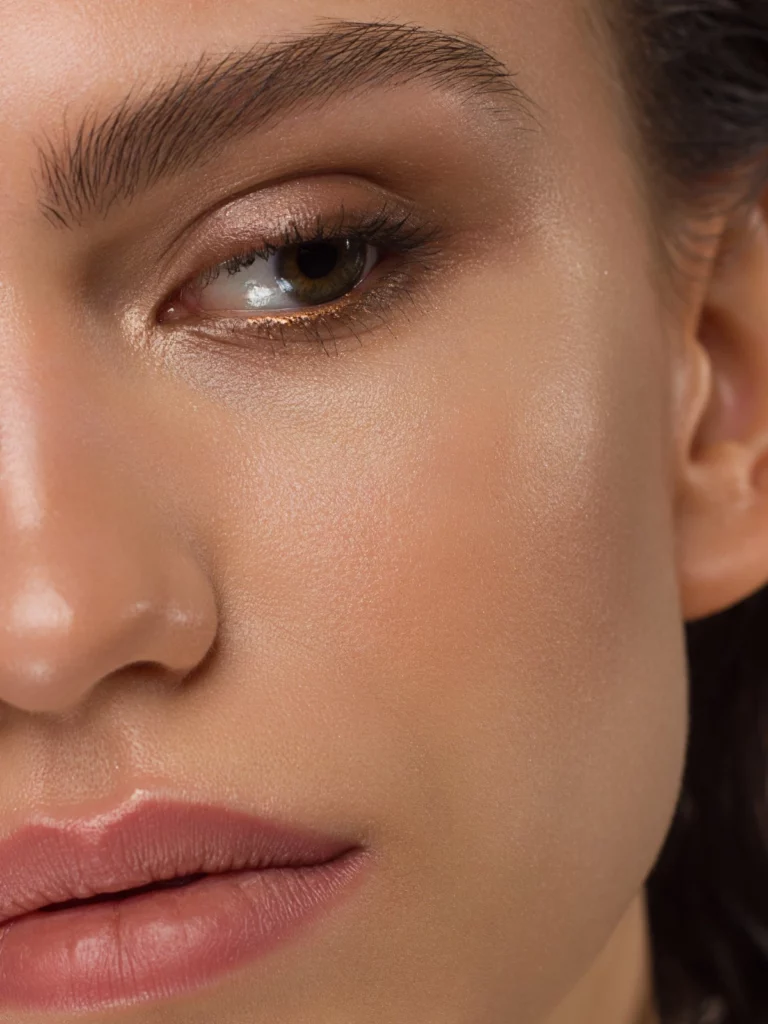How to Hide Blepharoplasty Scars?

Table of contents
1.
2.
5.
6.
7.
7.
7.
Blepharoplasty, or eyelid surgery, can rejuvenate your appearance, but many people wonder how to hide blepharoplasty scars afterward. Luckily, most scars can be minimized and concealed with proper care, advanced techniques, and a few lifestyle adjustments, allowing you to enjoy your refreshed look with confidence.
There are different incision placements:
Once incisions are fully healed, topical treatments like silicone gels or sheets, hydrating ointments, and scar creams may help flatten and fade surgical traces. Explore professional-grade skincare options at Shop Ellevate.
If you are concerned about the appearance of blepharoplasty scars after initial healing, advanced treatments such as laser therapy, microneedling, chemical peels, or steroid injections may be considered. Discover more about advanced skin treatments like RF microneedling.
Microneedling uses fine needles to create micro-injuries in the skin, triggering your body’s natural regenerative processes. This treatment helps minimize scarring by stimulating new collagen and elastin, which promote healing and enhance skin texture. Microneedling is suitable for both upper and lower blepharoplasty scars, gradually softening their appearance and improving skin elasticity. Many patients notice smoother skin and a more even tone around the eyes with regular sessions.
Chemical peels can be a valuable tool in the post-surgical healing, especially for patients with textural irregularities or discoloration. By exfoliating damaged skin layers, peels encourage cellular turnover and help fade fine lines or pigmentation around incision sites. For those with upper blepharoplasty scars, a properly formulated peel can help blend the scar into the surrounding skin, resulting in less noticeable scars over time when used as part of a medically supervised regimen.
Consulting with a specialist experienced in eyelid surgery and scar management, such as Dr. Ann Jayaram at Ellevate MD, ensures you receive personalized recommendations based on your skin type and healing progress. Our main goal is to achieve minimal scarring and a natural-looking appearance.
The initial healing process for blepharoplasty scars takes about 1–2 weeks, with swelling and redness most pronounced during this time. Over the next few months, scars continue to mature and fade. Here is a typical timeline:
Dr. Ann Jayaram at Ellevate MD utilizes modern surgical techniques to place incisions in discreet locations, tailoring each procedure to your unique anatomy and goals. Her commitment to patient education ensures you receive clear aftercare guidance, ongoing support, and access to effective post-procedure products and treatments. Throughout your journey, Ellevate MD is dedicated to helping you minimize and hide blepharoplasty scars for the most natural, refreshed results possible.
Understanding these facts makes most patients feel more confident in their recovery and outcomes. They follow aftercare instructions to reduce swelling and aid healing, knowing their surgical scars will eventually become virtually invisible. We highly recommend protecting surgical sites from UV rays to support healing.